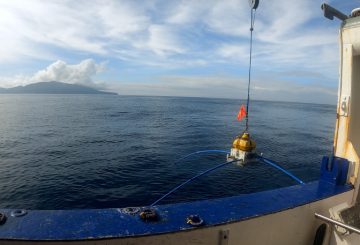由于在赛道上看到海豚,原定于周末在利特尔顿举行的SailGP赛车赛事在第一天不得不取消。比赛本应在下午3点左右开始,但由于海豚在两个小时后仍未离开该区域,比赛被推迟并最终取消。
SailGP董事总经理安迪·汤普森称这对于水手和球迷来说都是 “艰难的一天”。他表示希望第二天F50的比赛条件会好起来,让车迷满意。
在事件发生之前,有人对赫克托海豚表示担忧,这些海豚被列为全国脆弱海豚。在2023年的最后一场比赛中,在距离船只300米以内的地方看到了其中两只海豚。尽管被要求停止比赛,但赛事总监还是允许比赛继续进行。这导致今年赛事任命了一位独立决策者,他的工作是在看到海豚时停止比赛。
该赛事的哺乳动物管理计划规定,自最后一次看到海豚进入比赛区至少20分钟后,比赛才能恢复。这是因为船只撞击很可能会对海豚造成致命影响。
比赛的取消引发了球迷的挫败感,他们在SailGP的社交媒体频道上表示失望。尽管如此,来自Ata Ceramics的Grace Uivel还是对这次活动表示赞赏,称该活动对该镇来说非常棒,吸引了许多友好的游客。
但是,SailGP首席执行官罗素·库茨表示,由于 “少数利益” 使事情变得太困难了,该赛事明年不会在克赖斯特彻奇重演。Uivel不同意,他说该社区和SailGP都与当地的hapü Ngáti Wheke和环境保护部合作良好。
沿海倡导者吉纳维芙·罗宾逊认为,比赛根本不应该在每年的这个时候举行,因为这是赫克托海豚产卵的黄金季节。她指出,这些海豚在现阶段非常脆弱,捕鱼等人类活动增加了其种群的压力。根据环境保护部的数据,自9月以来,已有17只赫克托海豚在南岛死亡,其中10只死于商用拖网捕鱼。





























































